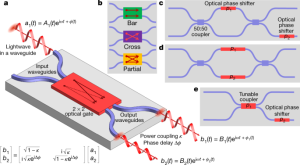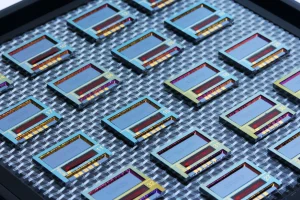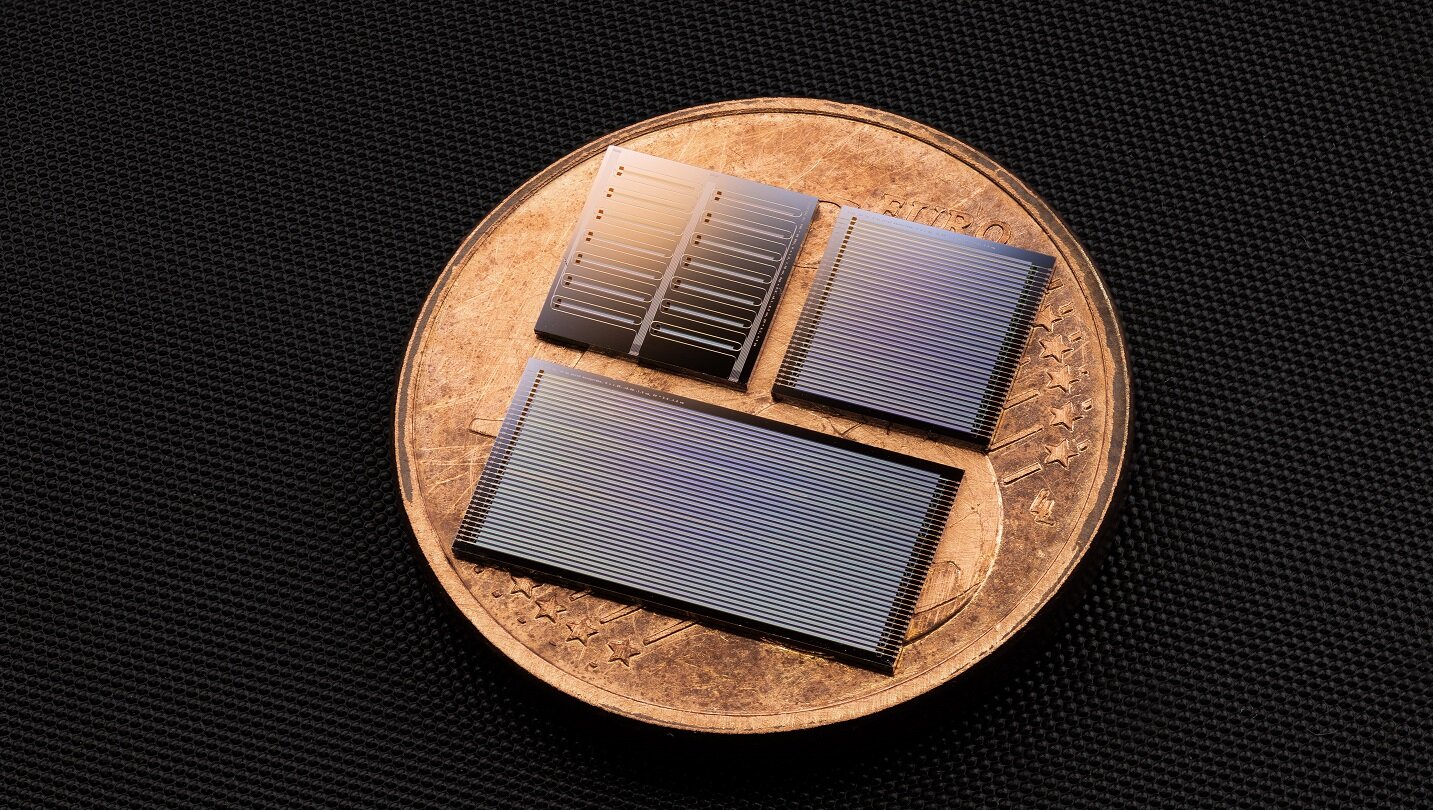For years, devices have used electronic circuits, which control electric current to perform various tasks such as computing. These circuits rely on electrons, as the electron flow creates an electric current that powers the circuit’s many components. However, electronic circuits are not the fastest, and scientists have discovered that using light particles, or photons, instead of electrons results in a faster processing and transmission time. Circuits that use photons are commonly known as photonic integrated circuits (PICs), and they can potentially revolutionize not just the field of computing but also healthcare and sensing technologies.

PICs consist of many optical components such as waveguides and amplifiers, all of which guide and manipulate light in a chip. To successfully transmit a signal with a PIC, there must be a light source (usually a laser), a waveguide to manipulate where the light travels, and finally, a way to shift the light’s properties to enable data transmission. For efficiency, PICs often use a method called multiplexing to transmit multiple signals through a single waveguide, with a demultiplexer at the other end of the waveguide to interpret each of them.
One of the most important parts of this process is actually getting the proper amount of light to each component, typically done with 3 major tools. Optical couplers split light into multiple paths, beam splitters can divide beams equally or unequally depending on the amount needed, and optical switches direct light between different waveguides, similar to a transistor.
For one, electronic circuits generate heat by running through conductive materials, slowing the processing speed. Light doesn’t produce as much heat as electricity and travels faster, so PICs can clearly run more efficiently. Another advantage of PICs is that they can process multiple data streams or signals at the same time due to their ability to be multiplexed. Light doesn’t produce as much heat as electricity and travels faster, so PICs can clearly run more efficiently. Thus, telecommunication systems can be rapidly improved.
Applications
In the automotive industry, the development of driverless vehicles has brought about the need for improved sensor technology, where PICs have proved to be incredibly useful in this matter, specifically through Lidar (light detection and ranging systems) systems.
Additionally, most early self-driving technology brought concerns regarding eye safety due to its limited accuracy, as ranging technologies were not complex enough to prove itself as reliable. At the moment, companies like PhotonDelta are working on redesigning chips and systems with PICs. With this development, self-driving cars could be taken to the next level in merely 5-10 years, which is such a promising prospect!
The healthcare industry is also capable of being significantly advanced through the power of PICs. Point of care (PoC) testing is when patients are diagnosed at the point of need rather than sending samples to a distant medical laboratory, which greatly reduces the time and money involved in diagnosing patients. Photonic-based PoC systems have progressed rapidly in recent years, especially PIC-based biosensors.

Minute changes in the velocities of light are recorded in the biosensors, which can be measured to help detect pathogens. Moreover, through PIC devices, different pathogens can be detected using a single chip with only one sample. Due to all this, PICs have an exciting future in healthcare and biotechnology, and we can expect major advancements that are sure to change the landscape of healthcare.
Conclusion
Overall, photonic integrated circuits are a field that will become more and more prevalent in the future, and they are showing terrific growth at the moment. For example, the PIC-based biosensor market was valued at $500M in 2019, with an estimated growth to $777 million by 2025. Such growth is compelling, and although the phrase “change the world” is cliche, that is exactly what PICs can do!

